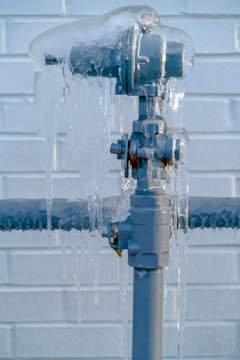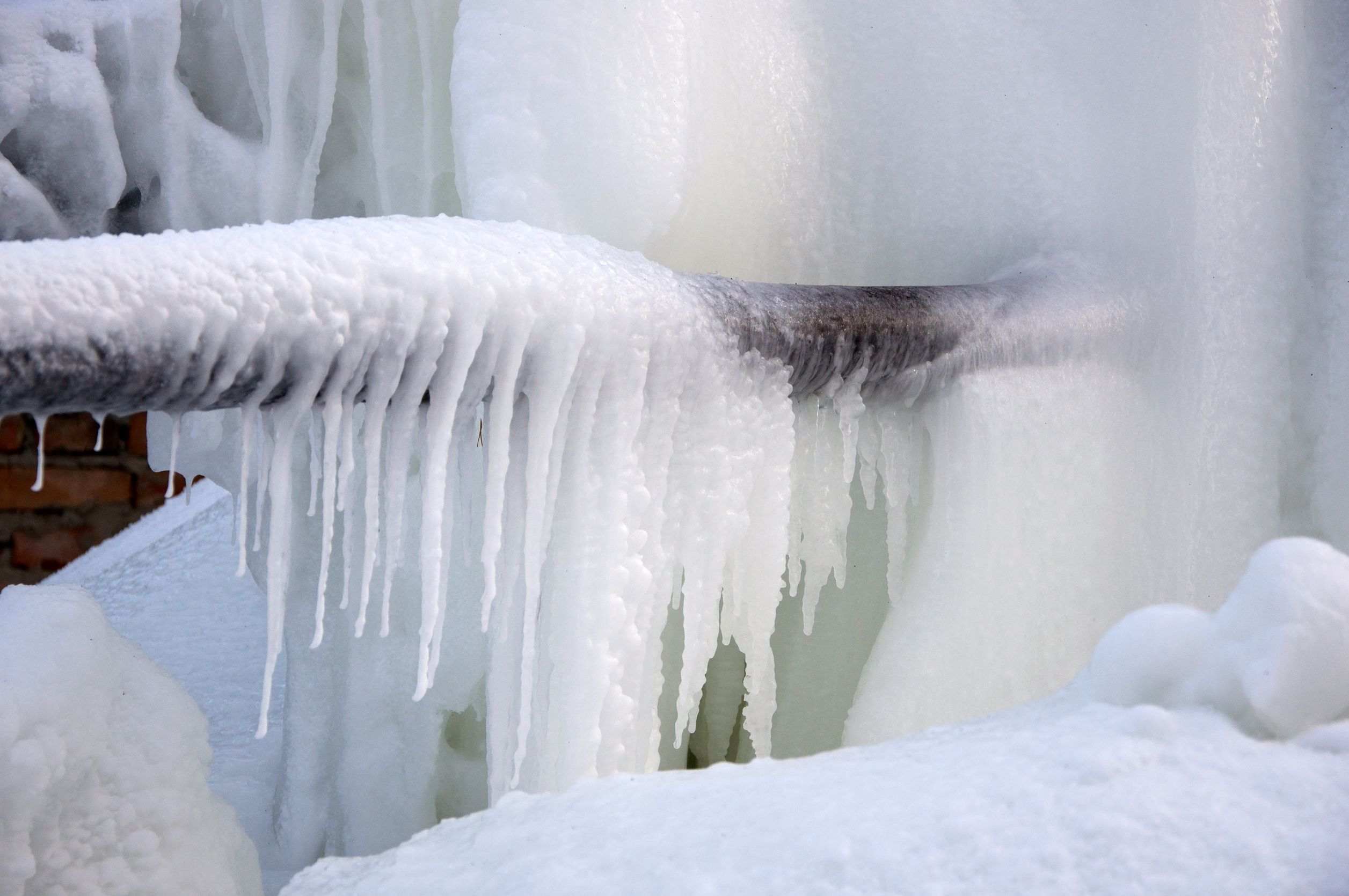Avoiding Frozen Plumbing in Winter: Key Tips
Avoiding Frozen Plumbing in Winter: Key Tips
Blog Article
Do you find yourself interested in content around How to Prevent Your Pipes From Freezing?

Winter can wreak havoc on your pipes, especially by freezing pipes. Here's exactly how to prevent it from occurring and what to do if it does.
Introduction
As temperatures decline, the risk of frozen pipes boosts, possibly leading to costly repair work and water damages. Recognizing how to stop frozen pipelines is vital for property owners in cool environments.
Avoidance Tips
Insulating at risk pipelines
Cover pipes in insulation sleeves or use heat tape to protect them from freezing temperature levels. Concentrate on pipelines in unheated or external locations of the home.
Home heating strategies
Keep interior areas sufficiently heated, especially areas with pipes. Open up cabinet doors to permit cozy air to circulate around pipelines under sinks.
Exactly how to identify frozen pipelines
Look for decreased water circulation from faucets, unusual odors or sounds from pipelines, and visible frost on exposed pipelines.
Long-Term Solutions
Structural modifications
Think about rerouting pipes far from exterior walls or unheated areas. Add added insulation to attics, cellars, and crawl spaces.
Upgrading insulation
Invest in premium insulation for pipes, attic rooms, and walls. Appropriate insulation aids maintain constant temperature levels and minimizes the threat of frozen pipelines.
Safeguarding Outside Pipes
Yard pipes and outside faucets
Detach and drain garden tubes before winter months. Set up frost-proof spigots or cover outdoor taps with protected caps.
Recognizing Icy Pipes
What creates pipelines to freeze?
Pipelines ice up when subjected to temperature levels listed below 32 ° F (0 ° C) for extended durations. As water inside the pipes freezes, it expands, taxing the pipeline wall surfaces and potentially causing them to break.
Risks and problems
Frozen pipelines can result in water disturbances, home damages, and expensive fixings. Burst pipes can flooding homes and cause considerable structural damages.
Indications of Frozen Pipes
Identifying frozen pipelines early can prevent them from breaking.
What to Do If Your Pipelines Freeze
Immediate activities to take
If you believe icy pipelines, maintain taps available to soothe stress as the ice melts. Use a hairdryer or towels soaked in warm water to thaw pipes slowly.
Final thought
Protecting against frozen pipes requires proactive measures and quick responses. By recognizing the causes, indicators, and safety nets, homeowners can protect their pipes throughout winter.
6 Proven Ways to Prevent Frozen Pipes and Protect Your Home
Disconnect and Drain Garden Hoses
Before winter arrives, start by disconnecting your garden hoses and draining any remaining water. Close the shut-off valves that supply outdoor hose bibs and leave the outdoor faucet open to allow any residual water to drain. For extra protection, consider using faucet covers throughout the colder months. It’s also important to drain water from any sprinkler supply lines following the manufacturer’s directions.
Insulate Exposed Pipes
Insulating your pipes is an effective way to prevent freezing. Pipe insulation is readily available at home improvement stores and is relatively inexpensive. Pay close attention to pipes in unheated areas such as the attic, basement, crawl spaces, or garage. Apply foam insulation generously to create a buffer against the cold. You can also wrap your pipes in heat tape or thermostat-controlled heat cables for added warmth.
Seal Air Leaks
Inspect your home for any cracks or openings that could let in cold air. Seal any holes around the piping in interior or exterior walls, as well as the sill plates where your home rests on its foundation. Additionally, make sure to keep your garage door closed unless you’re entering or exiting. Leaving it open creates a significant air leak that can lead to frozen pipes.
Allow Warm Air Circulation
During cold snaps, it’s essential to allow warm air to circulate evenly throughout your home. Leave interior doors ajar to promote better airflow. Open kitchen and bathroom cabinets to help distribute heat consistently around the rooms. If you have small children or pets, be sure to remove any household chemicals or potentially harmful cleaners from open cabinets for safety.
Let Faucets Drip
A small trickle of water can make a big difference in preventing ice formation inside your pipes. When temperatures drop significantly, start a drip of water from all faucets served by exposed pipes. This continuous flow helps prevent the water from freezing. Additionally, running a few faucets slightly can relieve pressure inside the pipes, reducing the chances of a rupture if the water inside does freeze.
https://choateshvac.com/6-proven-ways-to-prevent-frozen-pipes-and-protect-your-home/

I hope you enjoyed reading our section about Winter Plumbing Precautions: Preventing Frozen Pipes. Thank you for taking a few minutes to read through our content. If you liked our blog post if you please do not forget to pass it around. Kudos for your time. Revisit us soon.
Book-Now Report this page